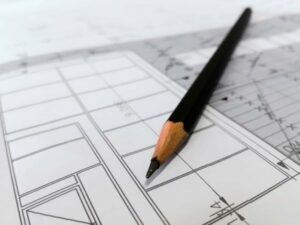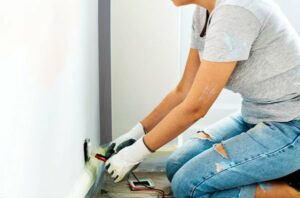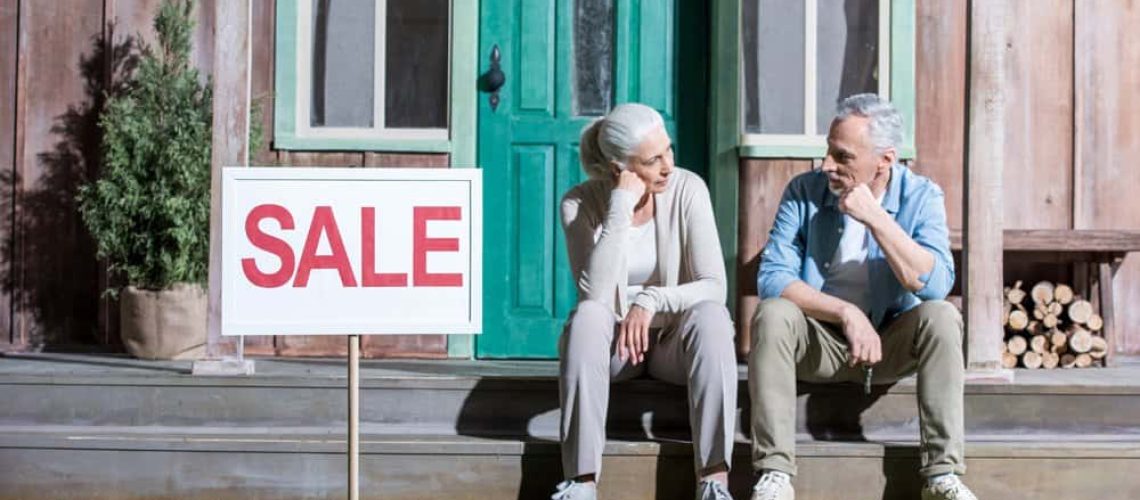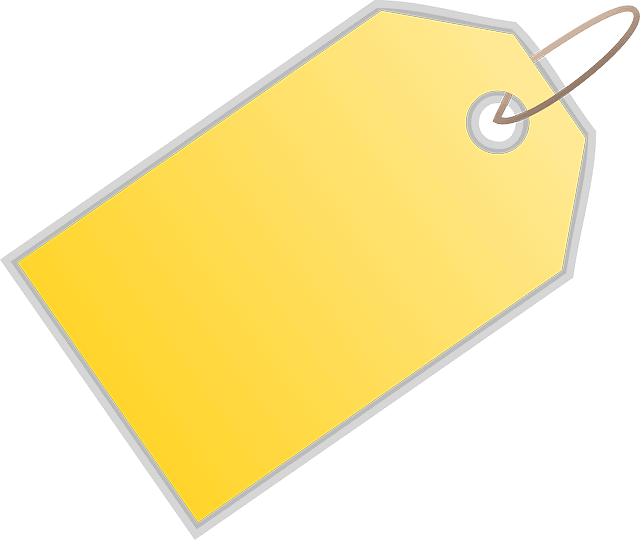Let’s face it: the prospect of selling your home is a daunting one. This is especially true for first-timers who find themselves wondering where to even begin, how to fix up their house for the best market results, and what all of the right paperwork consists of.
In this post, we will answer all of these question.
How To Calculate the Square Footage of Your House
 First thing’s first: you will need to calculate the square footage of your home before you can properly describe it and put it up on the market. It is important for home sellers and buyers alike to understanding square footage. After all, when it comes to purchasing a house, the size of the house is one of the most important factors of consideration. This is a major detail that potential buyers will want to know
First thing’s first: you will need to calculate the square footage of your home before you can properly describe it and put it up on the market. It is important for home sellers and buyers alike to understanding square footage. After all, when it comes to purchasing a house, the size of the house is one of the most important factors of consideration. This is a major detail that potential buyers will want to know
When the time for a home inspection comes, you won’t want your measurements to have been taken incorrectly.
Now, there are two ways of calculating square footage: the overall square footage of your house, and the square footage of each individual room. Some people care more about the former than the latter and vise-versa. Here is how you can do both:
Calculating the Square Footage of a Single Room
Unless the room in question is shaped in a completely abnormal way, there are only two tools you’ll need to calculate its square footage: measuring tape and a calculator. Well, that and paper and pencil, unless you have an extremely good memory.
Start by measuring the width and length of the room. If after measuring a relatively square room you find that it is, say, 15 feet wide by 10 feet long, the next step is so simple it may just blow your mind.
Calculate 15 times 10 equals 150.
The room you’ve just measured is 150 square feet.
Calculating Your Entire Home’s Square Footage
 This is simply a matter of measuring all rooms in your home in exactly the same way as above, and adding up the square footage of each. That means all rooms, including:
This is simply a matter of measuring all rooms in your home in exactly the same way as above, and adding up the square footage of each. That means all rooms, including:
- The basement
- The attic
- All closets
- All entryways
- Any awkward areas you aren’t sure whether or not to measure – measure those anyway
So, let’s say your home contains eight “rooms” – the entryway at 25, the living room at 300, the kitchen at 200, one bedroom at 150 and the other 100, and finally, the bathroom at 75. Altogether, the entire square footage of your house is 850 square feet.
Square footage is important, but ultimately it can be difficult to calculate it to an exact degree. The vast majority of homes up on the market are advertised at an even number of square feet, despite there being some awkward areas that aren’t easy to calculate or factor in. The best rule of thumb is to measure as accurately as possible and use common sense.
Adding More Value To Your Home Before You Sell
This is an investment that matters. Obviously, you want to make sure that you’re ultimately making more money from the increased home value than what it costs you to increase that value to begin with. In these cases, it’s imperative that you prioritize the most important areas of the house. Most real estate agencies will tell you that people prioritize function over style.
For instance, if there’s an area in a backroom that runs the risk of collapsing into the basement, a fully remodeled kitchen isn’t going to make up for it. According to Remodeling Magazine, upgrades in utility such as new siding or higher quality insulation are much better investments than fancy remodels, and are more likely to give you returns on investment. The last thing people want to do is buy a house only to make repairs, but they are more willing to buy a house that they might want to later remodel. That’s the big difference.
 So, what improvements are going to add the most value for your house specifically? This depends on a number of factors, including:
So, what improvements are going to add the most value for your house specifically? This depends on a number of factors, including:
- Your home’s current market value
- The market value of the houses in your neighborhood
- How much time you have before selling your house
- How high in quality the improvements are
- The state of the current housing market in your area
The First Priority Is Basic Home Maintenance
If you can afford to improve the structural integrity, insulation, or siding value of your house, do that before or in place of anything else. These repairs and improvements will provide you the most returns on investments. When it comes right down to it, a safe and functional house is more valuable than a good looking house. In fact, many people who move into a house are already planning on making their own aesthetic remodels later in the future. On the other hand, no one looks forward to moving into a house they’re going to have to fix.
In Lieu of Repairs, What Should Be Prioritized?
This really depends on how much time you have and what you can afford.
- Kitchen – This is one of the most expensive rooms in the house, and is also a place where people spend a good amount of time. Adding modern appliances such as stone countertops or floors, or wooden cabinets is something that will increase the value of your home.
- Bathroom – This is also a relatively expensive room. It would be wise to invest in function rather than aesthetics, such as a walk-in shower that’s going to save people time. Get an up-to-date toilet installed, or a bathroom mirror that opens up with lots of space behind it.
- Pool – Now, this is something to mainly consider only if you live in a hot climate. That said, pools aren’t just recreational areas, they’re also status symbols, so it may be worth your money to invest in a pool in a moderate climate. If you live in the north, consider an indoor pool or heated pool.
Documents Required Before You Can Sell Your Home
 Without getting into a bunch of unnecessary detail, here are all of the document’s you’d be better off having before you sell your house.
Without getting into a bunch of unnecessary detail, here are all of the document’s you’d be better off having before you sell your house.
- Documents containing information about professional inspections on the house
- Documents containing information about your homeowner’s insurance
- Documents containing information about repairs, maintenance, improvements, or renovations on the house
- Documents containing information warranty about appliances being included in the sale of the house
- Documents containing information on real estate agents who you’ve worked with in relation to the house you’re trying to sell
- Your home’s original sales contract (this should include the purchase price)
- All possible mortgage or financing documents
- All documents that relate to the title
- All documents that prove who owns the house, such as certificates indicating compliance with building or zoning regulations, certificates of occupancy, or property surveys
- Tax records
- Appraisal records that happened at the time of the purchase of the house or anytime thereafter
Having all of the right documents on hand and properly stored will make the entire process of selling your house just that much easier.





